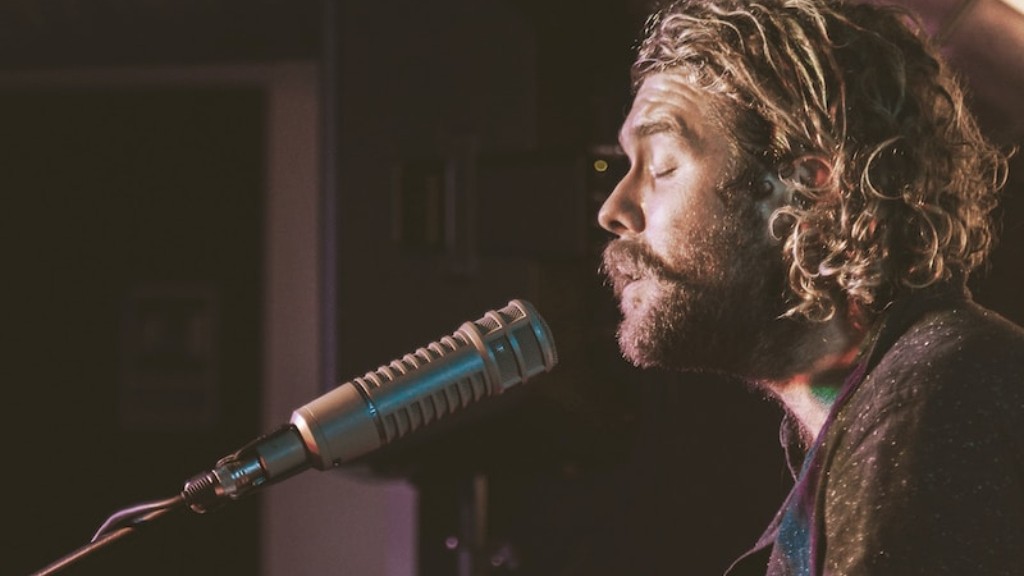1) Things to Consider Before Drawing an Anime Male
Drawing an anime male can be challenging, especially if you are a beginner. So it’s important to first grasp the basics of anime-style drawing. You should pay attention to proportions and details, as the facial and body features of anime characters differ from those of real people. In addition, consider their age, body type, clothing style, and other physical features when creating your anime male character.
Another key question is, what kind of anime male do you want to draw? Knowing whether it’s a main protagonist or a secondary character should influence how you portray your anime male. Think about elements such as facial features, hair, eyes, and clothes to give your male anime character an individual look.
2) Drawing a Symmetrical, Proportional Anime Head
Once you’ve thought through all the details of your anime male character, it’s time to start drawing. The first step is to create a symmetrical and proportional anime head. Start by drawing the outline of an anime male’s face shape. Make sure the face is slightly longer than it is wide, and consider having the face taper down slightly from forehead to chin. Then draw the eyes, nose, and mouth. Make sure the eyes are large and expressive, and keep the nose small.
3) Drawing Anime Male Hair
Anime male hair is often spiky, wild, and exaggerated. Use strong, flowing lines to create purposefully uneven edges and edges that stand out, rather than drawing neat and tidy lines. Then draw lots of spikes and tufts inside the hair outline, making sure the characters have plenty of volume. Commonly, anime male faces are almost completely covered by their hairstyle, except for the eyes.
4) Creating Anime Male Character Details
Now that you’ve created the bulk of your anime male character, it’s time to add character-defining details. This could include accessories such as necklaces or earrings, or even special clothing or tattoos. By adding wrinkles, fold lines and other small details, you can bring your character to life, making it look realistic and adding a sense of depth and realism to the character.
5) Final Touches to Make the Drawings Stand Out
To give your drawings a professional touch, add shadows and highlights. Shadows can be used to enhance shapes and forms, while highlights help emphasise particular areas, such as the eyes or the edges of the hair. Finally, add colour to your drawings and use a variety of tones to create a more realistic feel.
6) Refining Your Anime Male Character
Take a step back and assess your anime male character. What could be improved? If you’re not happy with the results, don’t be afraid to start over. With practice, you should start to see improvements in your anime drawing skills, and soon you’ll be producing high-quality anime male characters.
7) Animate Male Characters in Different Poses
Once you feel comfortable drawing your anime male character in one pose, you can start experimenting with different poses to bring your characters to life. Consider drawing your characters in movement and action, rather than the standard standing poses, to create a sense of excitement and drama. When adding motion to your anime characters, remember to focus on the basics: the overall gesture and direction of motion.
8) Improve Your Anime Male Characters Over Time
Finally, remember that practice makes perfect. The only way to bring your anime characters to life and create unique-looking male characters is to keep drawing and pushing yourself to learn new techniques. Don’t be afraid to make mistakes and keep pushing yourself to level up and produce higher-quality artwork. As you improve, your male anime characters will look more realistic and vibrant.
